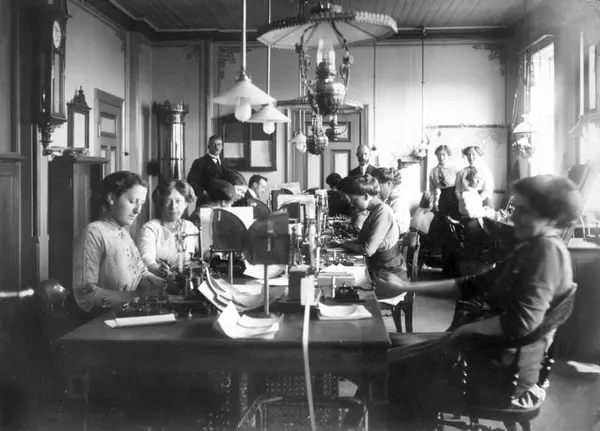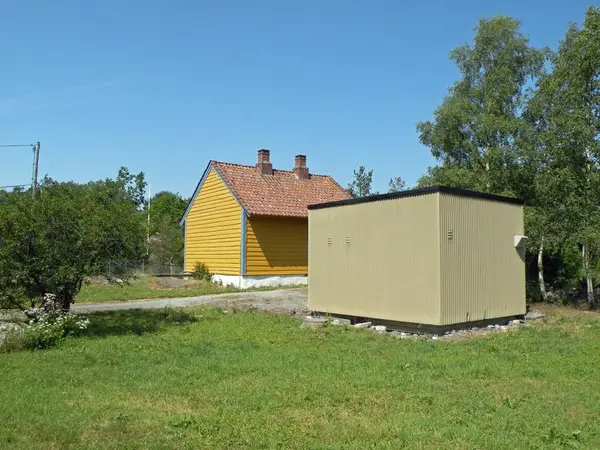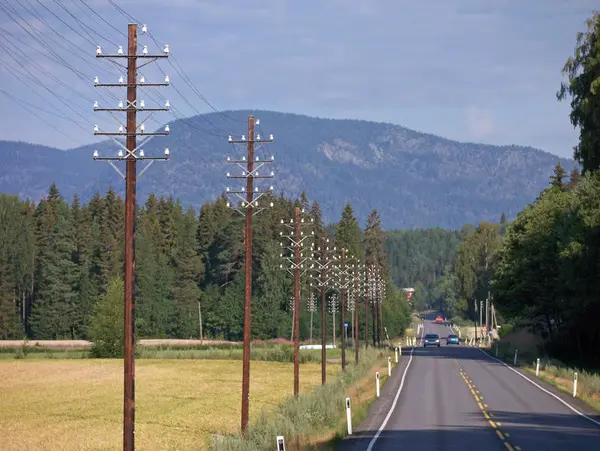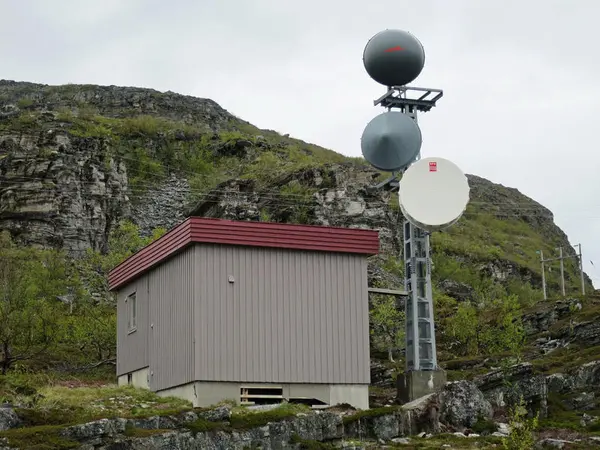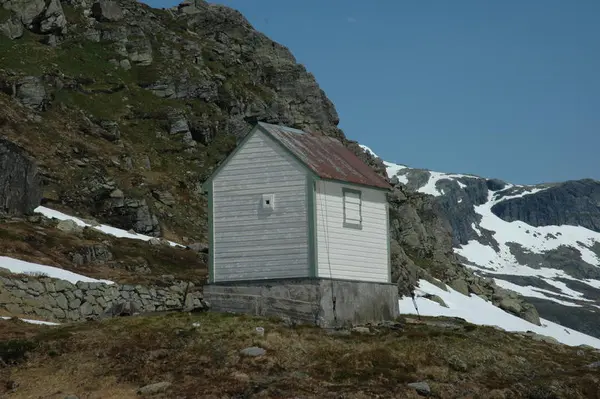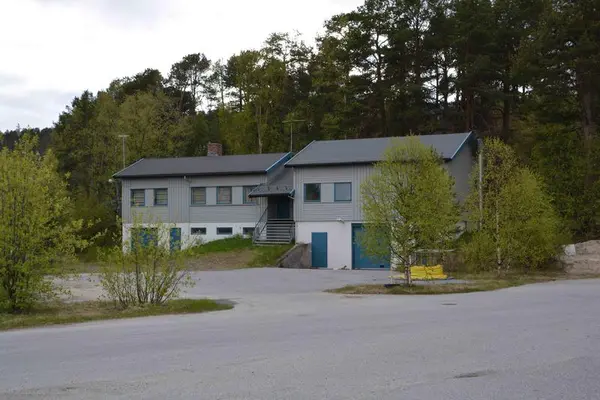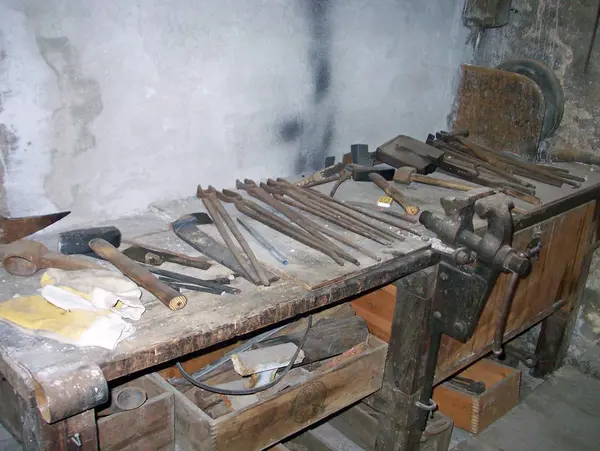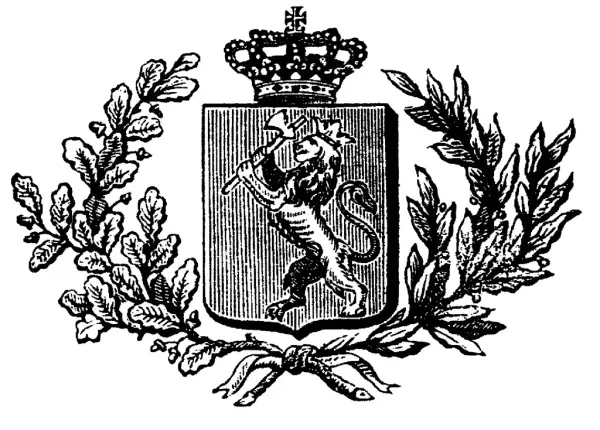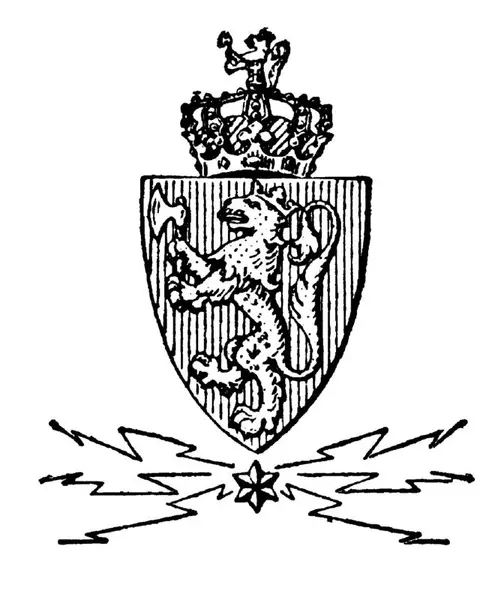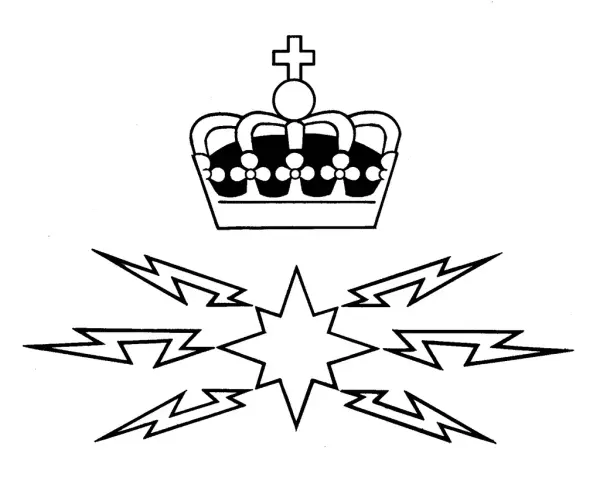- 1/1
Telenor
This was the background for Telenor’s launch of the world’s first protection plan pertaining to telecommunications in 1997. The protection plan for Telenor’s buildings and installations was developed in collaboration with the Directorate for Cultural Heritage, and included 172 objects. Encompassed in the plan is everything from old telegraph stations and lengthy line courses to automatic telephone exchanges and coastal radio stations. Some of the objects are still in service; others were shut down a long time ago. Their common denominator, however, is that they all represent, in different ways, a piece of Norwegian telecom history.
How do you choose what objects are to be protected? This was not a simple task bearing in mind that the company’s history stretches back as far as the time when Norway was still in a union with Sweden. Our starting point was the criteria for what characterizes cultural heritage of national value. It could, for instance, be something unique, but also that it represents something more, like an epoch or a technological development. Some of these choices are self-explanatory. Rundemanen radio on top of a mountain outside Bergen is a tourist attraction, and was, for a long time, one of Norway’s most important coastal radios. Other objects require more of an explanation. At Bømlo in the county of Hordaland there is a plain green container.
Why on earth has the automatic exchange box at Finnås been served a protection order?
- 1/1
Telegraph operators at Lødingen, 1890ties Ukjent/Telemuseet
Criterion: Mirrors the development
It might not be pretty, but the container telephone exchange at Finnås tells an important history. The exchange’s nearest neighbour is the first building to have been in Telenor’s ownership, Kulleseid telegraph station- a beautiful 19th century house situated next to the Kulleseid canal. And right next to it; this automatic exchange from the 1970s. As a pair these two buildings represent an interesting development: At the start of the 20th century a telephone cost as much as a worker would earn in a year. The transition from manual telephony (with its switchboard ladies) to the direct connection of calls happened around the same time as the production of Bakelite telephones took off. Mass production got into motion. Throughout the 70s and at the start of the 80s there were long queues to receive a telephone line. Many had to wait for up to two years for a home telephone. Telenor (Televerket) could not meet with demands, and in great haste they installed automatic exchanges- like the one at Finnås.
- 1/1
"Container" exchange, dated 1978, next to Kulleseid telegraph station. Stein Domaas/Telemuseet
-
Part of the line course between Notodden and Hjartdal Telemuseet
Criterion: Represents breadth
Who knows, maybe the container exchange will be seen as a wonderful thing after a while? The view on what is beautiful and impressive changes all the time, and ever more people have their eyes opened to the technical installation as an aesthetic object. When the line course between Notodden and Hjartdal was given a protection order in 1996, many shook their heads in disbelief. The newspapers read: “Why on earth should we preserve the old line course?” Today the pole course has turned into something beautiful, a landmark along the route E 134 through Telemark. The line course has moved up in the order of cultural heritage and is today on the same level as the stave church it passes by. Maybe the same thing will happen to the automatic exchange at Finnås? Even so, for now it will have to be satisfied with being protected as an example of the 1970s automatic-boom.
-
Litlefjord automatic exchange Terje Norli/Telemuseet
Criterion: Objects telling a story
Technical and industrial cultural heritage is not just interesting as objects in themselves. They also tell a story of common work people and their long arduous workdays. As exemplified by the small automatic exchange in Litlefjord in Finnmark. To correct an error here, you would spend several days on the job. It was a long walk, and when the work was done, darkness would have descended, forcing you to spend the night. There is a lot of history in those walls, not about kings and emperors and prime ministers, but about you and me. Some of the objects of cultural heritage have been chosen because they represent environments which give an impression of Telenor’s long and diverse cultural history.
Criterion: Protection on the root
Why not place all the objects in a museum? Do they have to stand in their place of origin? Yes, we are of the opinion that it is important to see the object in the location where it had its function. Norway is one of the world’s most difficult countries to develop in terms of telecommunications. The telecom pioneers were erecting poles across Saltfjellet already in the 1860s. Criss-crossing the nation, the telegraph- and telephone wires were stretched over mountains and fjords. If we don’t look after a selection of objects in the landscape, we are not mirroring these enormous challenges. Because one of the criteria for protection is the ease of access to the object’s stories, most of them are in accessible locations, several near the Norwegian Trekking Association’s marked paths.
- 1/2
Linjehytta på Dyrskar Stein Domaas/Telemuseet - 2/2
The sami telephone exchange in Karasjok Telemuseet
-
The smith's tools, Stabekk smithy Terje Norli/Telemuseet
Criterion: Historical anchoring
With over 19.000 employees (2016), Telenor has become one of the world’s largest mobile operators. As part of a sector where everything is moving faster by the hour, we are proud to have facilitated a protection plan granting us a historical anchoring. We know that to understand the time we live in, we have to understand our history. Not least, this is the case for the employees of Telenor. In the old days a position in Telenor often meant hard physical labour. The company were responsible for the production line in its entirety, from A to Z, and produced special tools to need. The work today involves itself mainly with immaterial products, like speed and subscriptions, things that cannot be seen or touched. This is why it’s important to look after the larger, physical objects which show how the technology functions in the real world. This is particularly interesting because many of their principles still apply.
-
Tronfjell hovedsender, Alvdal, Hedmark Terje Norli/Telemuseet
A dynamic protection plan
During the 20th century, Norway became an information society. On this side of the millennia change, the world has shrunk in step with tele technical progress. Telenor has continually stayed in the forefront of this development, and will continue to do so. To keep track of this constant change, with the fusion of previously separated technologies, the protection plan is dynamic. This means that it will continually be reviewed, while we at the same time preserve traces of the technology and the people who made it all possible. This is the cultural heritage preservation of today.
- 1/2
Tronfjell hovedsender, Alvdal Terje Norli/Telemuseet - 2/2
Interiør fra Tronfjell hovedsender, Alvdal Terje Norli/Telemuseet
These are the characteristics of an object of cultural heritage of national importance and value:
-The object is unique in a Norwegian context and therefore seen worthy of protection.
-The object is seen as representative of those cultural environments needed to create a complete picture of Telenor’s cultural history.
-The object constitutes a characteristic type of building or structure important to a phase in the development of Norwegian cultural history.
Age, authenticity, environmental context, representability/rarity and dissemination potential are other basic criteria.
The many names of Telenor
Through the company’s more than 160 year history, Telenor has been known under many names.
The Telenor Cultural Heritage’s website will refer to the company as “Telenor”, with the addition of the name used in the appropriate time period following in brackets, e.g. “In 1932 Telenor (Telegrafverket) announced an architectural competition concerning the design of the new telephone box.”
- 1/4
1865 Telemuseet - 2/4
Logo 1905 Telemuseet - 3/4
Logo 1975 Telemuseet - 4/4
Logo 1995 Telemuseet
The many names of Telenor
Telegrafvæsenet 1855
Den norske Statstelegraf 1857 – 1895
Den Norske Rikstelegraf 1896
Det Norske Telegrafvæsen 1900
Norges Telegrafvæsen 1905
Norges Telegrafvesen 1920
Telegrafverket 1932
Televerket 1969
Telenor 1995

